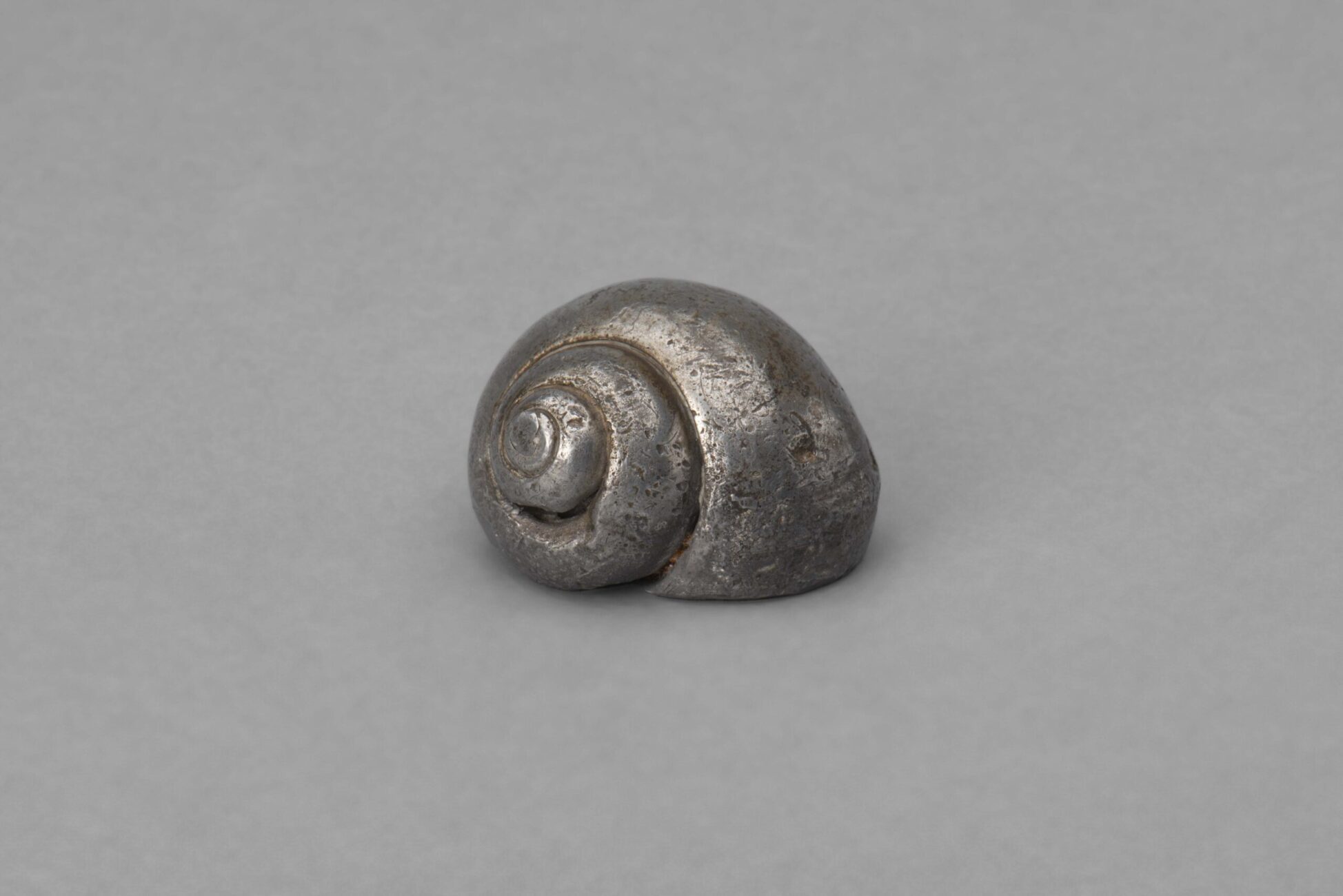Ramuz set great importance by his manuscripts and kept them with great care, knowing that he would need to be able to refer to them, consult them, and reuse them. The writer was thus able to go to his cupboard and find bundles drafted years before, which he then rewrote so as to publish a version that seemed satisfactory, say, twenty years later. In this way he recycled sizeable pieces of writing, and sometimes even published texts, which he recast in new versions not long after the original edition had appeared. This phenomenon of recycling turned his work into a series of variations. Situations, places and characters appear as supports for a discourse on the world that changes very little, and offers no definitive answers. There were multiple reasons for rewriting, having as much to do with the writer’s desire to make his work profitable as with his congenital dissatisfaction and concern to adapt to the public as with his lack of belief that any work could ever be definitively finished.
I would like to keep writing the same book and reprising the same theme […]. Since circumstances make that impossible, I am trying to go “in a spiral,” going past the previous point at successive intervals. I am well aware that all this will only make sense if there’s a summit, and will there ever be one?
Letter to Alexis François, April 3, 1923
Caption
Snail-shell-shaped object kept by C. F. Ramuz on his desk
Musées de Pully, photograph: Mathieu Bernard-Reymond
